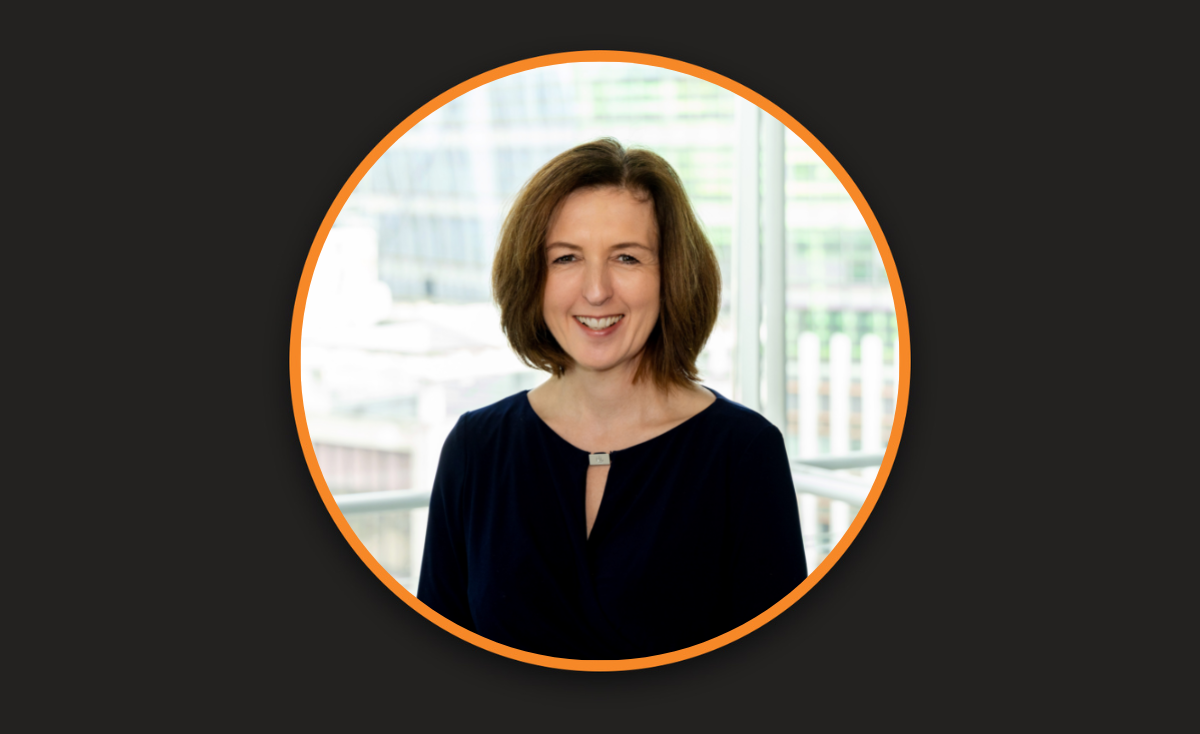
Aileen Mathieson: Not thinking about E, the S, and the G in isolation from each other is a stipulation in the investment process for the managers that we use.
It is about the impacts on the value chain, the supply chain upstream and downstream, and thinking about governance models and the social aspects.
"Data is important to this but also the qualitative aspects are really important
to the core of the conversation. It is something that will evolve."
You need to think not just about the environmental impact of your strategy, but also the social impact of it too. It has to look at the process, the types of investments, and the sectors, and then taking the time to go through these individually with the managers.
Data is important to this but also the qualitative aspects are really important to the core of the conversation. It is something that will evolve.
Aileen: There is no easy answer to this. You get the primary and the secondary impacts - something that you do on the environmental side could have a social impact as well. It starts with what type of investor do you want to be?
This is unique to each company and depends on so many factors: who the stakeholders are, the board, what is the expected investment return, the company results, the regulatory environment, and the business’s aspirations to function as a change beacon. You have to think about it holistically.
"It gives a good opportunity to develop and deliver it – and with
consequences - if they don’t."
Aileen: We speak to our managers about it in terms of selection. On the asset management side, where managers who have an ownership interest try to influence and look for change, it gives a good opportunity to develop and deliver it – and with consequences - if they don’t.
Aileen: Comprehensively embracing ESG investing does take time and resources. There is an amount of dedication and resources needed to get it set up properly and there are additional costs in the initial stages of development, and also in the ongoing monitoring of the strategies. In time those costs should diminish, though, as it becomes more embedded.
ESG implementation also requires the commitment and effort of colleagues outside the investment team in particular the risk and actuarial team who need to help to think about stress or climate risks embedded in the strategies.
The implementation aspects can be more challenging to overcome than finding effective investment opportunities.
The relative scarcity of longer-term performance, data, and ESG-focused strategies versus non-ESG is sometimes a difficult hurdle for corporate stakeholders to overcome when pivoting toward more ESG strategies. That is unless you take it as a clear mandate to prioritise ESG factors over financial returns. The fiduciary duty to deliver optimised investment returns is usually the primary consideration and some stakeholders particularly those in governance, have often felt that a lack of data means the move toward more ESG-focused strategies is more of a leap of faith.